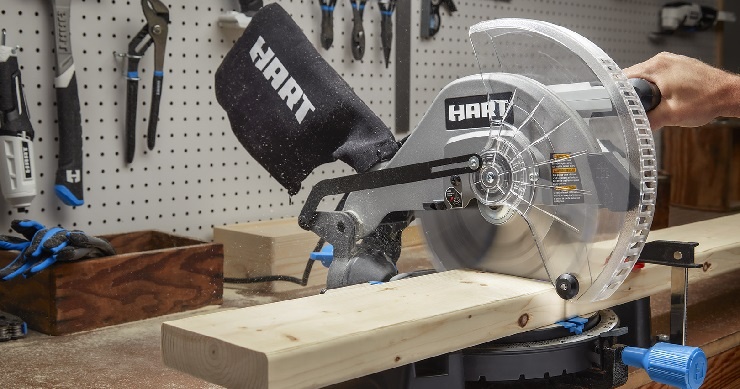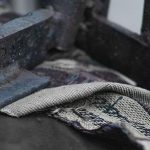One chair-maker has found even in the age of advanced technology that hand tools still comprise the best way to follow the innate fibers of the tree to the most aesthetically appropriate result. Along with an array of cutting instruments to use, the same artisan has found that a drill is most handy as an average Windsor chair, his specialty, can have up to 40 holes. These holes are created at compound angles, a necessity to create a chair that is as strong and stable and graceful as a well-built Windsor chair should be. Like skinning a cat, there is more than one way to achieve the needed compound angle required for the hole, one such being to tilt the table on a drill press. This requires various jigs and bevels as well as using mirrors as sightlines. Inexpensive line lasers are also very useful for this. Basically, it should be noted that when a chair leg appears at a 90 degree angle to the artisan’s eye this is a sightline. You will need some inexpensive lasers, some grinding drill bits. You will need to assemble a rotating base and an angle gauge too, though nothing fancy is really required, leftover wood, even plywood, can suffice for the gauge.
Key Takeaways:
- You can use simple lasers to set up a system for getting your compound angles correct.
- Intersecting lines from the lasers show where to drill, which is helpful for students.
- Read on to learn how to set up this laser system to improve your own compound angles.
“For someone not used to looking at sightlines and bevel gauges, consistently drilling or reaming at the proper geometry is a huge challenge.”
Read more: https://www.popularwoodworking.com/techniques/shedding-light-compound-angles/






